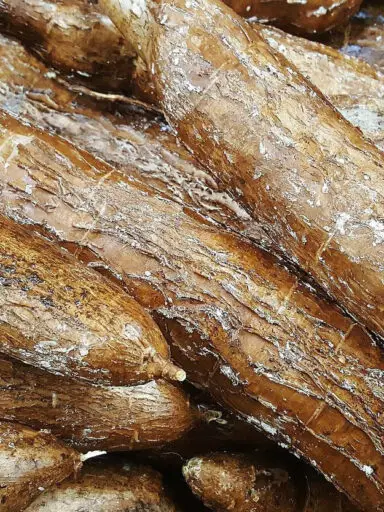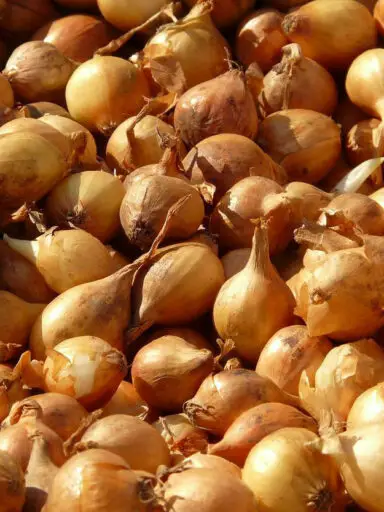The potato is one of the world’s most widely known and relatively cheap staple food. It is a starchy perennial root vegetable originating in Central America. Along with other foods such as pasta, rice, wheat, or maize meal, the potato is the best know consumed as the main starch, carbohydrate component of a meal.
The potato plant can grow up to 18 to 22 inches in height. Depending on the variety it can take about two and a half to four months to mature. The tubers vary widely in shape and size.
Generally, the internal flesh is creamy white or reddish in color depending on the variety. The skin is generally, cream, reddish, purplish, or grayish-brown again based on the variety.
The inner flesh is very moist and crunchy in texture. The tubers are also used to propagate new vegetation. usually, tubers with “eyes” or shoots are used for this purpose.
When out to buy potatoes from the market, you need to look for tubers that are firm in texture with smooth waxy surfaces. There should not be any soft spots or bruises and cuts on the skin. Do not select tubers that are wrinkled or soft or have mushy textures. The greenish discoloration should also be avoided as this is caused by toxic solanine.
Once home potatoes should be stored in a cool dry and dark place. Avoid moisture and sunlight as this will cause the potato to sprout from the eyes. Refrigeration is generally not required to store the tubers. Potatoes can keep for a few days before they start becoming soft and turning from their ideal texture.
Preparation of the Potato for Feeding Purposes
The potato should be washed thoroughly before use. As it is a root vegetable it generally has plenty of dirt and soil. It should also be carefully inspected visually for any infestations or worms and other bugs. Once washed potatoes can be cooked and prepared with or without the skin based on the recipe requirements. Potatoes with skin have the added benefit of additional vitamins and dietary fiber.
Potatoes are usually peeled with a potato peeler or a paring knife. The raw inner flesh is susceptible to oxidation when exposed to air. This turns the flesh dark and gives a bitter flavor. Therefore peeled potatoes must be dipped and covered in water until ready to cook.
This vegetable can be cooked in numerous ways. It can be cooked whole, peeled, or with skin. You can also chop, slice, mash, or treat it any virtually unlimited ways. This staple food can be cooked using various methods. You may fry, boil, mash, braise, bake, roast, grill, sauté, stir-fry and sear.
It can be part of a dish on its own seasoned or not. It is used in casserole and soup dishes. It is found in stew and vegetable dishes. It accompanies meat, poultry, and fish. It is used to make fast food delicacies such as French fries and potato chips. It is used as a binding agent in patty foods and more.
In all cases, potatoes are generally eaten cooked.
Nutritional Benefits
The potato is best known for its carbohydrate and starch content. It is also rich in vitamins, minerals, and soluble and insoluble dietary fiber. it provides 70 calories per 100 grams. They are low in fat and contain no cholesterol. Along with its skin, it is also a good source of anti-oxidants.
They are a rich source of B-complex vitamins such as pyridoxine. Also present in good amounts are folates, niacin, pantothenic acid, and thiamin. It is also a good source of vitamin C and has trace amounts of vitamin K.
It is also a good source of potassium and Iron. magnesium, manganese, phosphorous, and zinc can also be obtained from potatoes.




